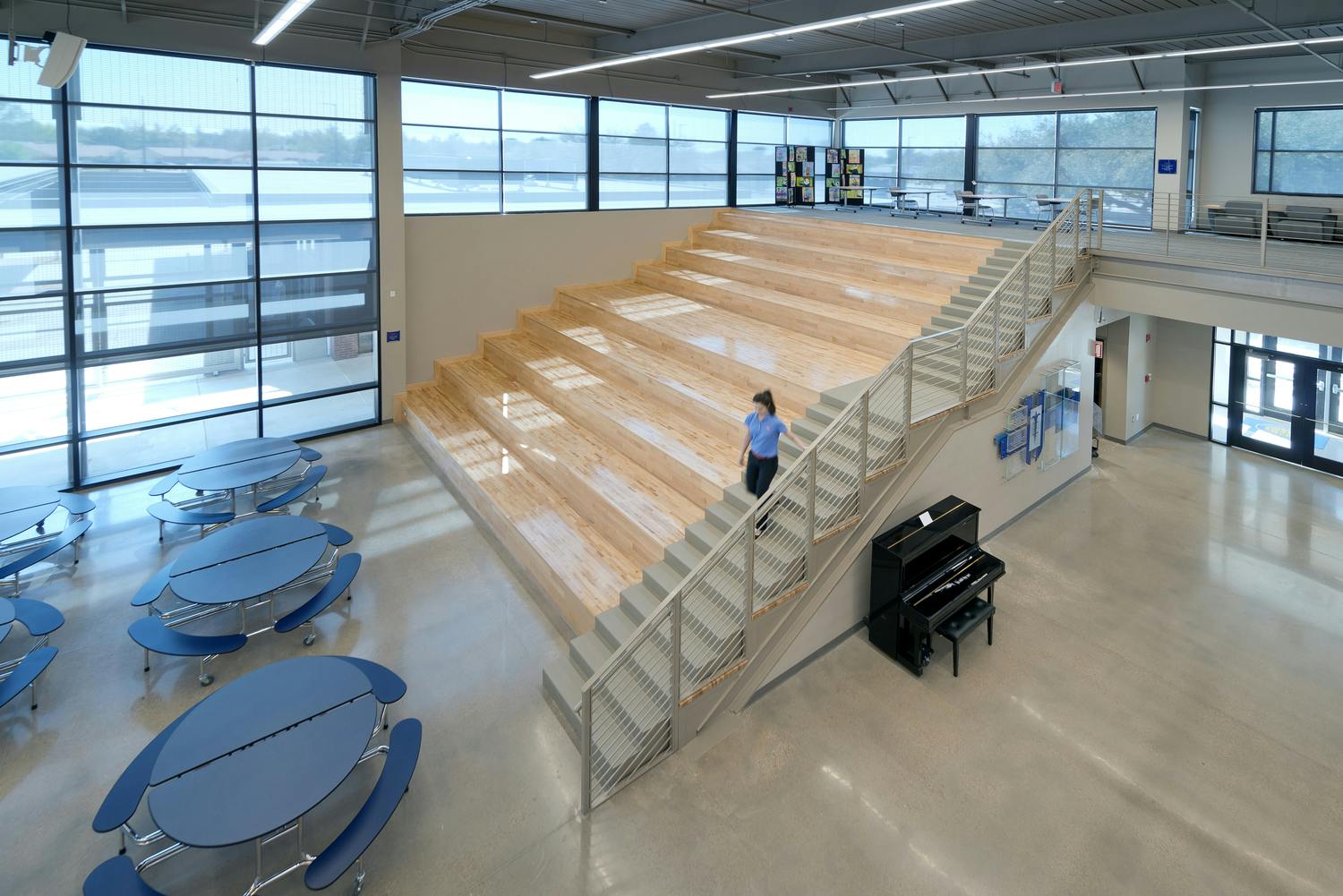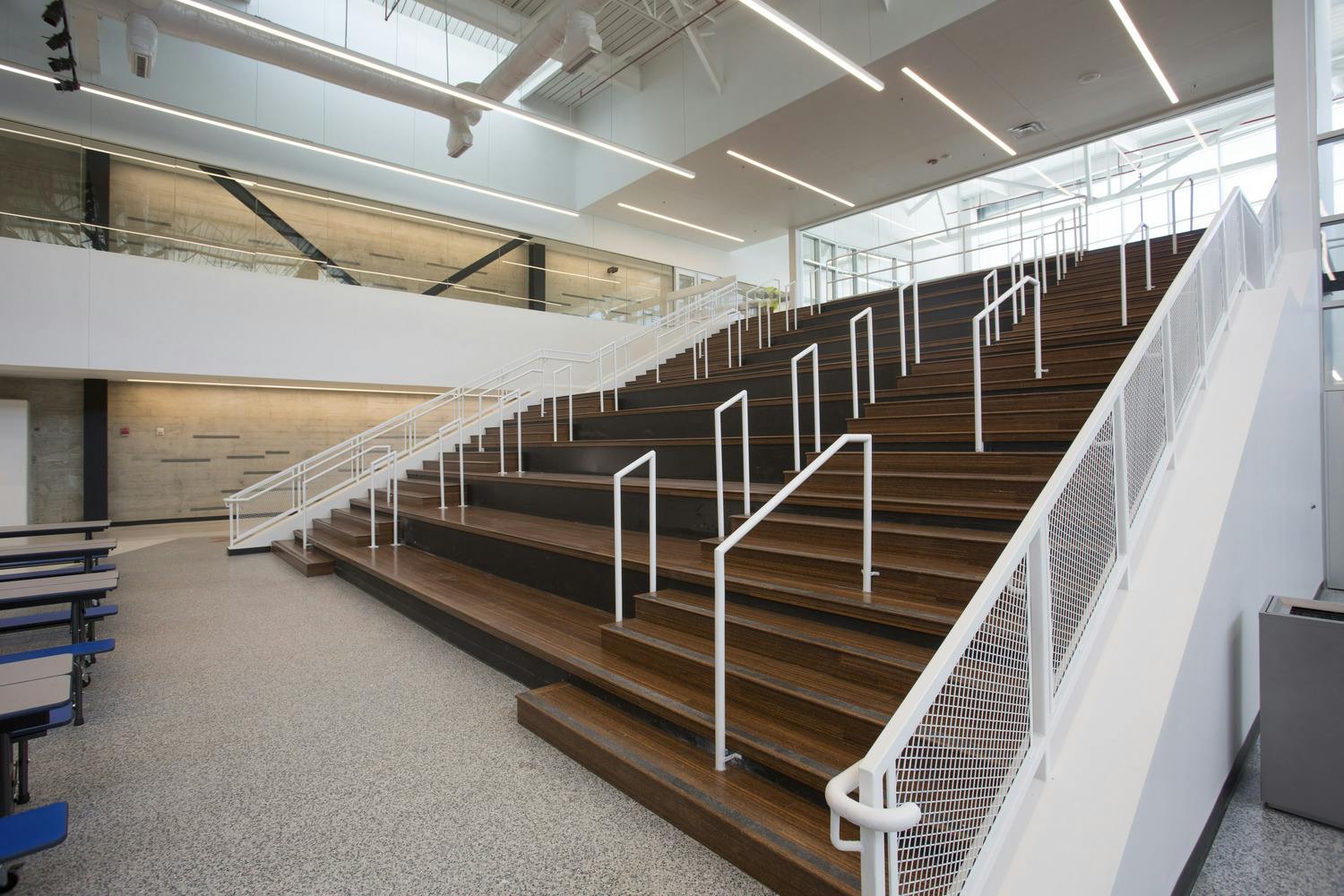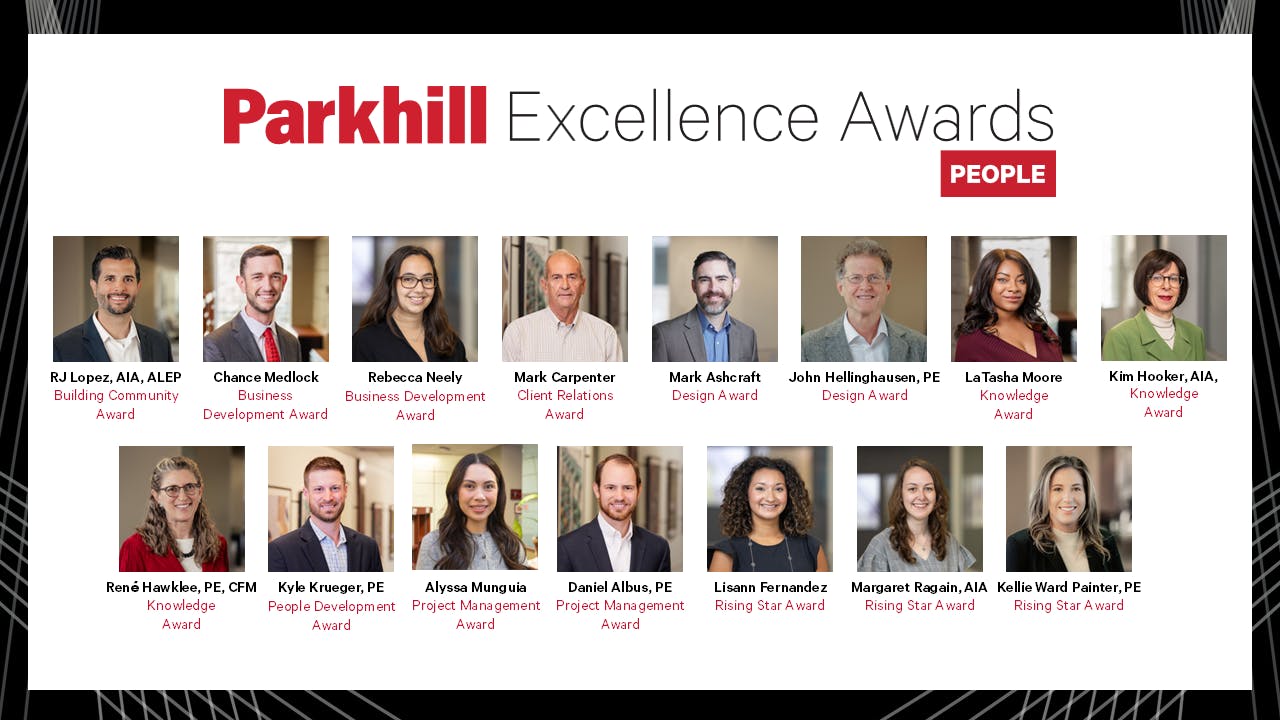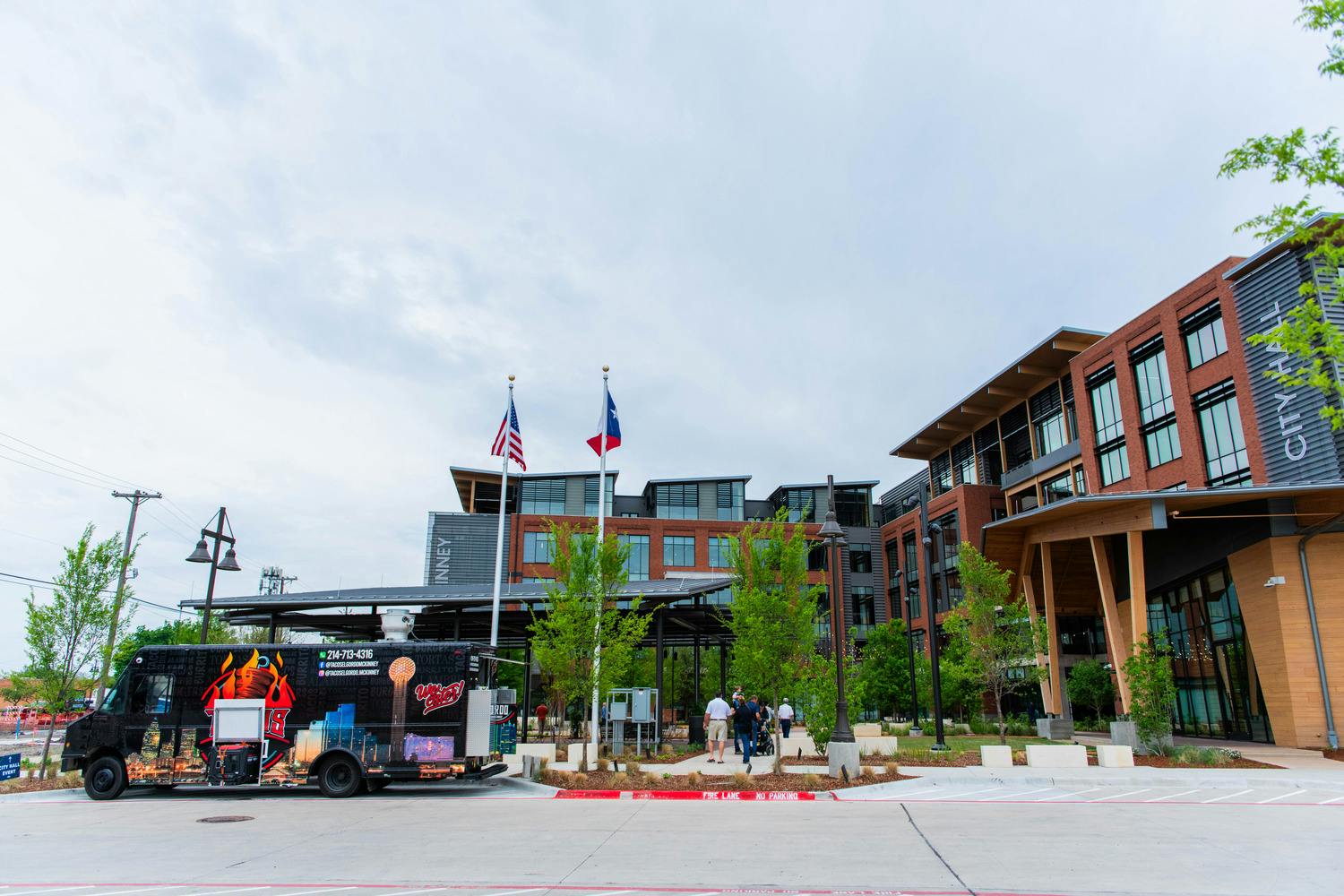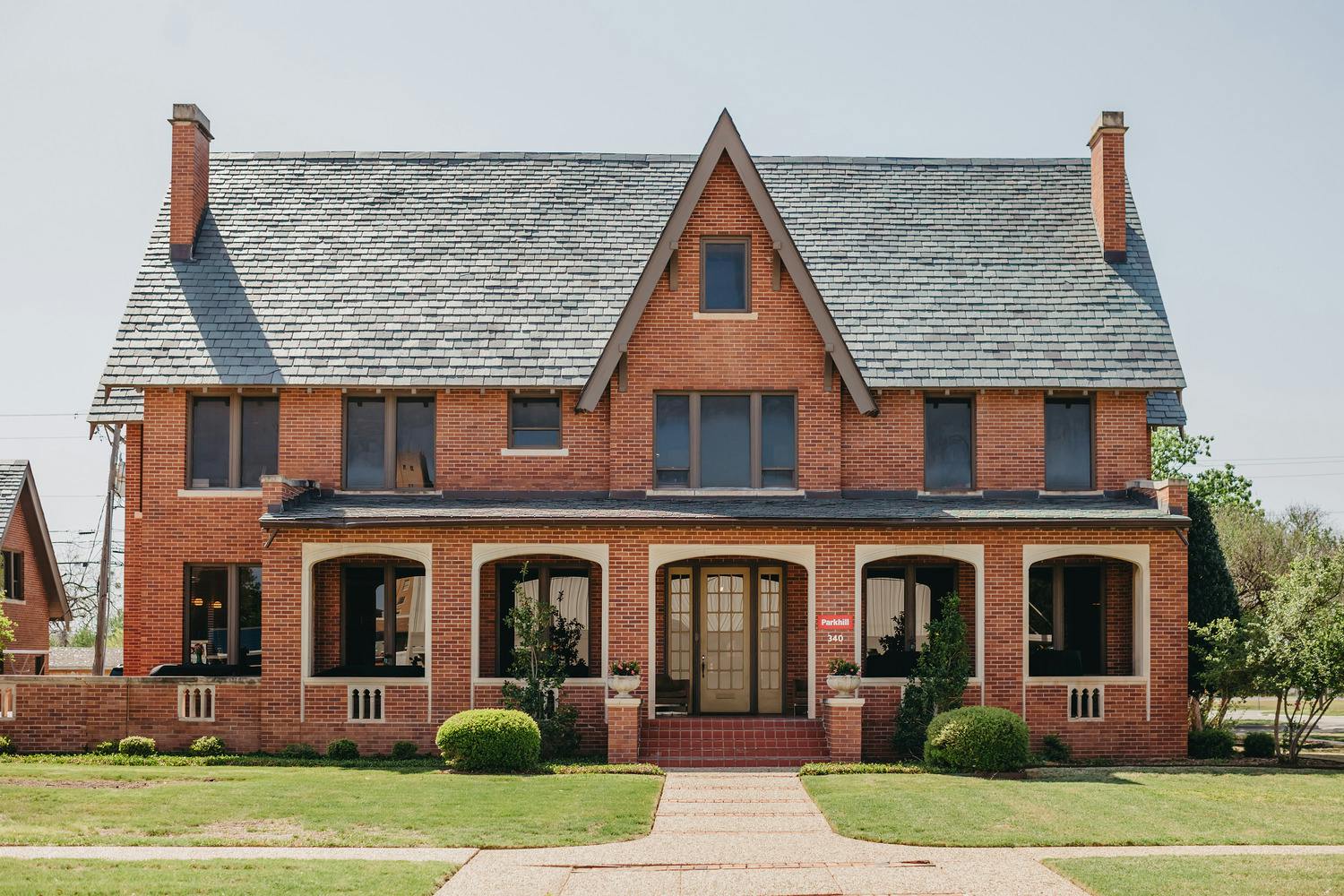University of Parkhill 2022: Social Stairs - A Step-by-Step Guide
Written By: Nicole McBride
Date: May 31, 2022

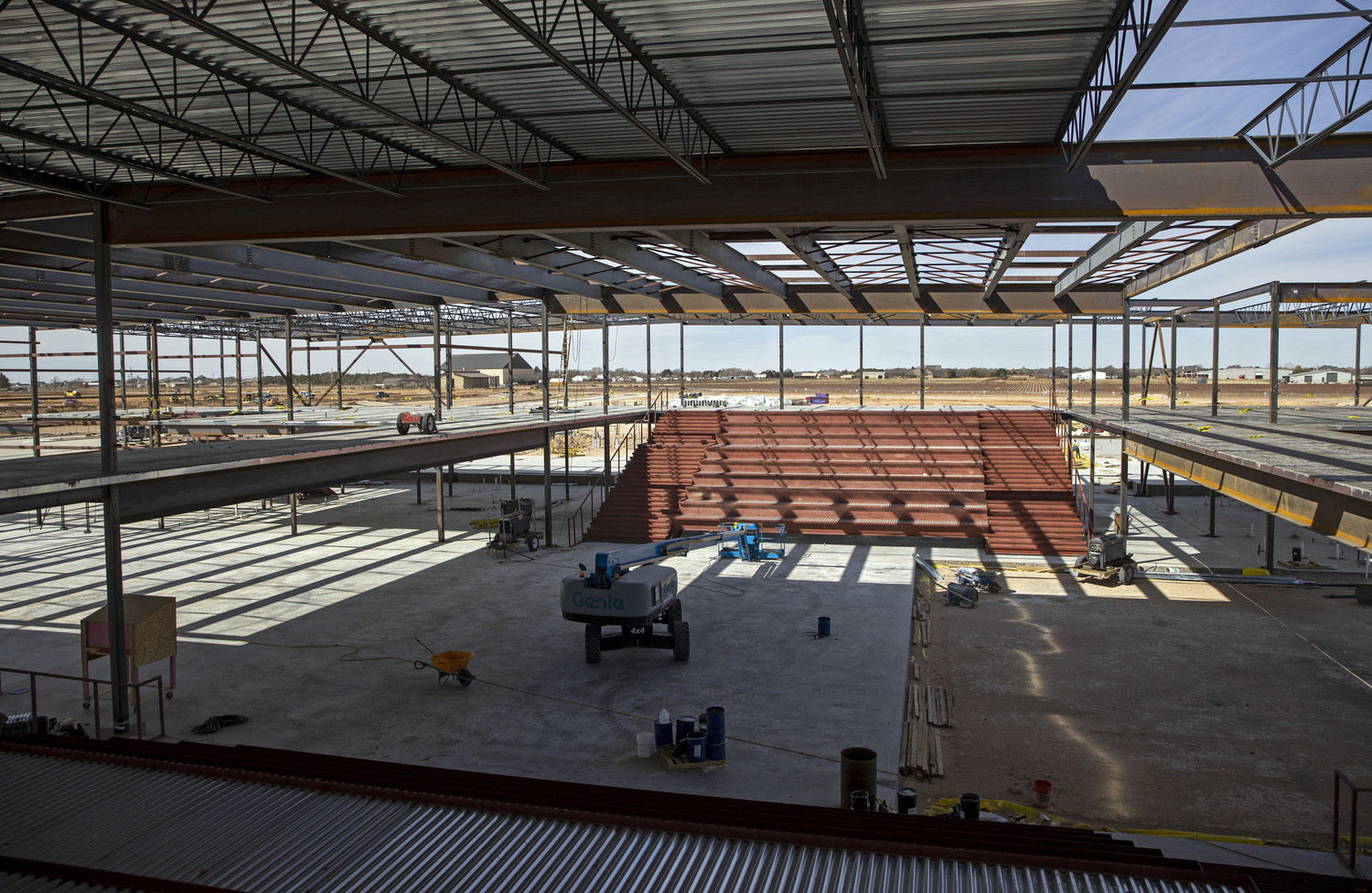 Ashlee Horsely, AIA, and Zach Garrett, PE, are currently involved in the design and construction of K-12 projects with social stairs across multiple districts. Lubbock-Cooper ISD’s Liberty High School is structurally designed by Zach. One portion of this project involves the installation of social stairs. In their University of Parkhill 2022 course about social stairs, Ashlee and Zach discussed the different construction types, building codes and ADA requirements “step by step,” and reviewed case studies and the history of the social stair dating back to the Spanish Steps of the 1700s in Rome.
Ashlee Horsely, AIA, and Zach Garrett, PE, are currently involved in the design and construction of K-12 projects with social stairs across multiple districts. Lubbock-Cooper ISD’s Liberty High School is structurally designed by Zach. One portion of this project involves the installation of social stairs. In their University of Parkhill 2022 course about social stairs, Ashlee and Zach discussed the different construction types, building codes and ADA requirements “step by step,” and reviewed case studies and the history of the social stair dating back to the Spanish Steps of the 1700s in Rome.
The original purpose of stairs was to reach new heights, put goods out of the reach of animals or other people, and provide families protection. Hundreds of years ago, stairs were given a new function as a social setting. A social stair is designed with a wider step that creates a space for rest or social engagement. Access stairs can be located to the sides.
Social stairs have become a popular feature in schools. Materials, safety features depending on the school’s population and age levels of students, and accessibility for and inclusivity of handicapped students are all factored into designs of social stairs.
At Lubbock-Cooper ISD’s East Elementary School in Lubbock, social stairs in the library provide a space for students to sit during presentations, teacher instruction, or spread out and read. What makes this project unique is a slide on one side of the social stairs with the access stairs on the other. The slide connects the first and second levels of the building but is protected and monitored in the confined space of the library.
Social stairs in the commons areas of schools, usually seen in the older grades, provide areas to sit before and after school, for school assemblies and community events, for class group projects, photos, and during lunchtime. A few examples are at Lubbock-Cooper Middle School, Trinity School of Midland, and Ector County ISD’s Buice Elementary School in Odessa.
“This was a great topic,” said one attendee of the course. “ I also appreciated how it related to some past projects. Sharing from their point of view on a topic that is not covered in code was insightful.”

